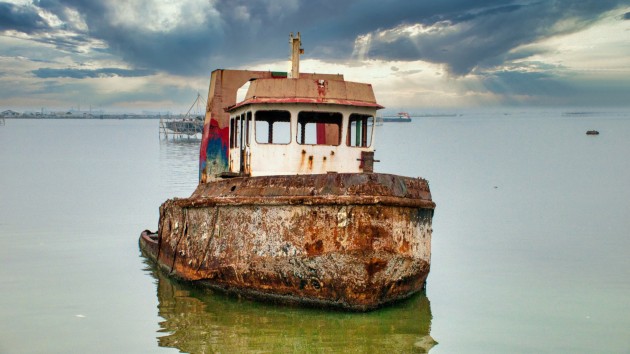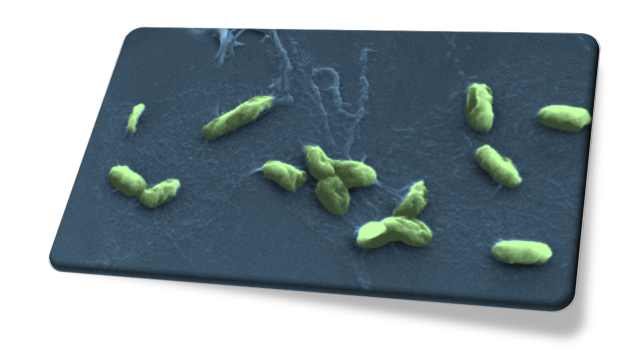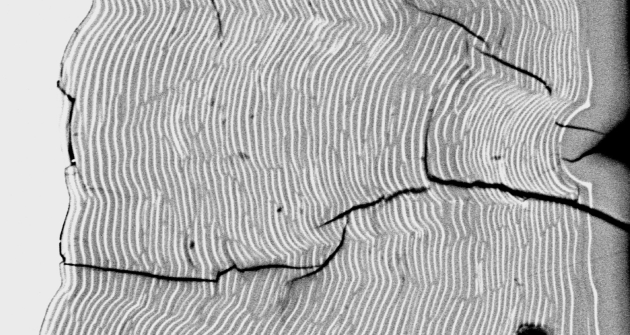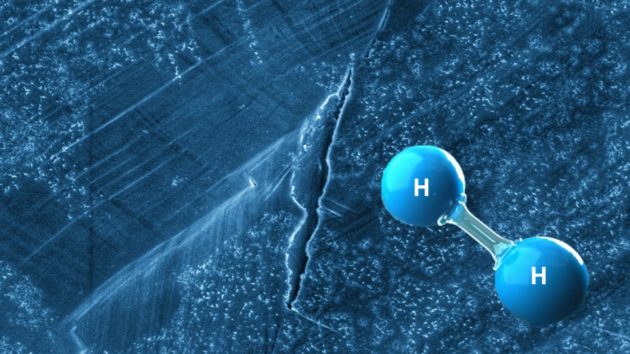Collections
-
-
Collection |
 Marine Corrosion
Marine Corrosion
This themed Collection of npj Materials Degradation aims to compile significant experimental and theoretical studies investigating the mechanisms of marine corrosion, including the influence of micro-organisms, as well as innovative and environmentally friendly anticorrosion methods specific to marine environments.
Image: Photo by Tom Fisk from Pexels.Open for submissions -
Collection |
Intelligent corrosion control
This themed Collection of npj Materials Degradation aims to report important advances for intelligent corrosion control (inclusive of intelligent systems in corrosion) in the broadest sense of the term.
Image: Image credit: Prof. Dawei Zhang, University of Science and Technology Beijing, China. -
Collection |
 Biodegradation of Materials
Biodegradation of Materials
This Collection aims to gather together articles from the whole spectrum of communities working on materials bio-alteration and bioprotection.
Image: Dr. Bastien Wild, Princeton University. Related work has been published in Geology 46, 555–558 (2018). -
Collection |
Leading Research in Materials Science
-
Collection |
 International Simple Glass for radioactive waste immobilization
International Simple Glass for radioactive waste immobilization
Glass has proven itself to be a chemically durable wasteform for immobilization of radioactive waste. However, high levels of radioactivity generated by glassy wasteforms will persist over extensive time scales, requiring long-term isolation from the environment. During this time, glass will undergo chemical attack by groundwater, radiation damage, and mechanical stress, which eventually could result in release of the radionuclides into the environment. It is therefore vital to understand the degradation mechanisms at play, so that glass compositions can be created that safely immobilize radionuclides over hundreds of thousands of years. Towards this goal, International Simple Glass is a model six oxide borosilicate glass studied worldwide to better understand glass corrosion in aqueous environments. This reference material was made several years ago by the nuclear glass community to seek a consensus on the mechanisms controlling the long-term dissolution rate of glass used to immobilize radioactive waste. This collection of papers in npj Materials Degradation reports recent understanding of International Simple Glass and highlights the diversity of scientific problems related to understanding its degradation, and the wealth of methods and approaches to tackle them.

 Hydrogen Embrittlement
Hydrogen Embrittlement